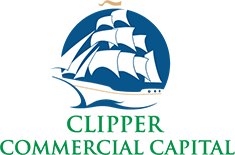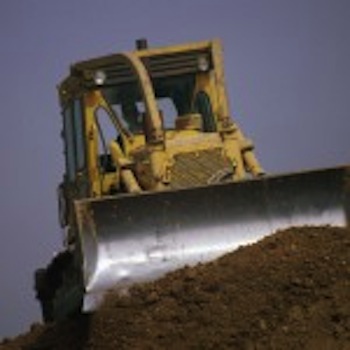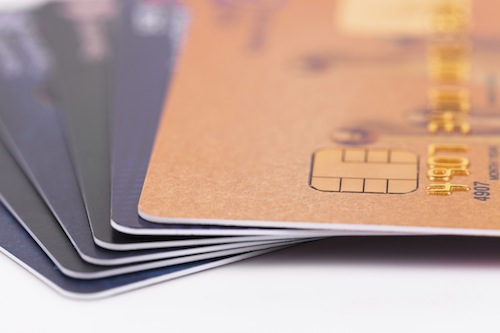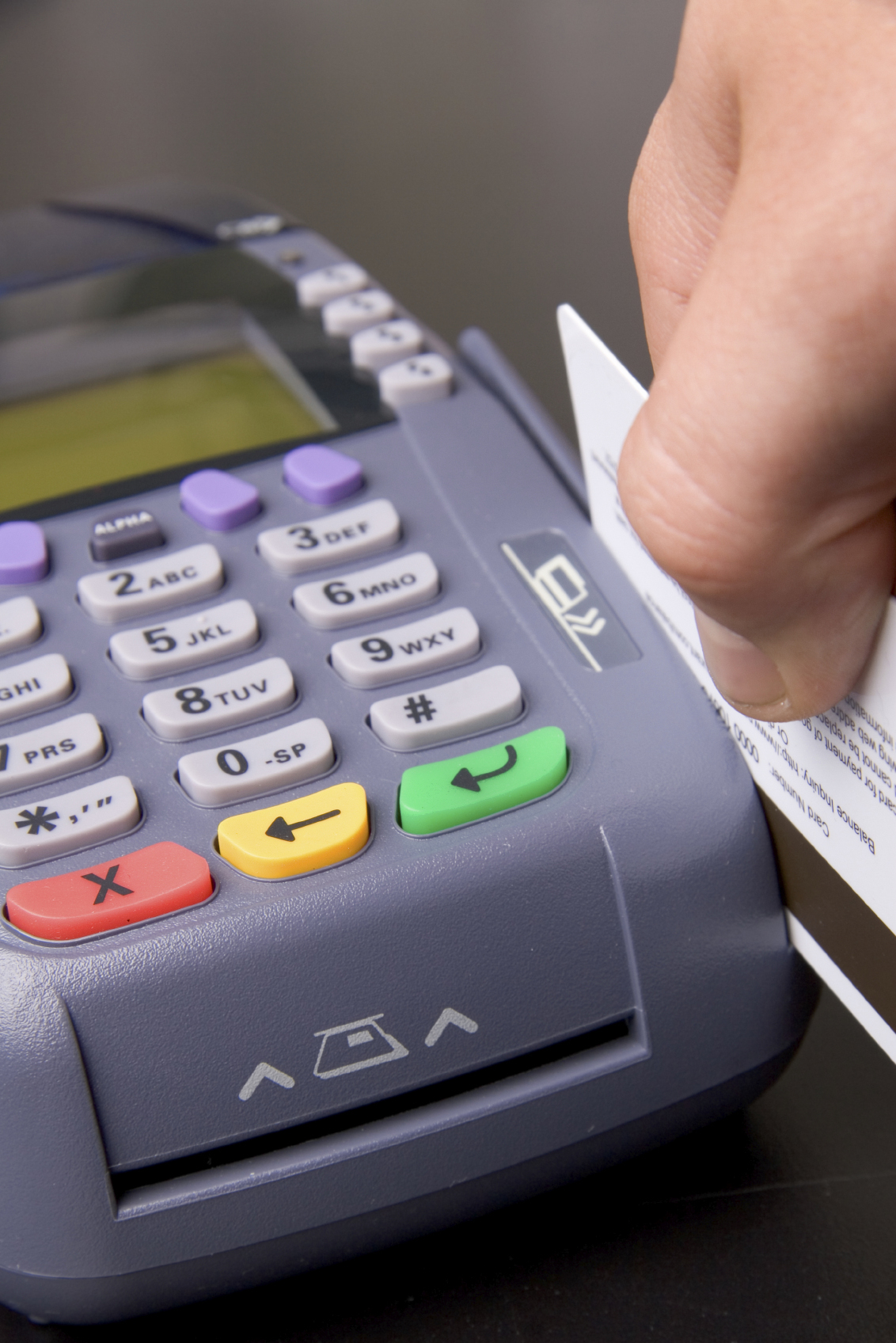When to Lease Equipment
Obtaining capital equipment is generally a major decision. For many types of equipment, companies have the option to purchase or to lease. Each choice has pros and cons to consider, but a company can make a general decision by estimating the lifetime of the asset, then comparing it to the term of expected use. If the asset lifetime is much longer, than the decision to lease equipment is usually the better option.
Estimating Asset Lifetime
One way to estimate asset lifetime is to use tax depreciation tables. Consider computers as an example. For tax purposes, companies must depreciate computer equipment over three years. This is a good estimate of lifetime. Another way to estimate lifetime is to check manufacturing MTBF or warranty periods. Experts estimate that computers will have a major failure after three years. In addition, extended warranties for computers often have three-year terms. A third way to estimate lifetime is to look at historical longevity of equipment. Because of advances in operating systems, computers begin to become outdated after approximately three years. Information will tend to correlate using these three methods. Companies can apply these methods to most types of capital equipment.
Estimating Equipment Use
If a piece of equipment is essential for one of the company core activities, then purchasing the equipment is often the superior choice. For instance, if a company offers computer training and supplies computers for their classrooms, then they can expect to use the equipment beyond the three-year computer lifetime.
On the other hand, if a company only needs a computer for a single job, and does not expect any use beyond a few days or a few months, then lease equipment is generally the better choice. Leasing can also give a company the opportunity to try equipment. For instance, a computer training company could lease three types of computers for a year, and then choose which they will purchase after the lease period finishes.
Other Considerations
The accounting for purchase and lease equipment is very different. Purchased equipment becomes part of the asset portfolio, and any loans used for the purchase become part of the company debt. This appears on the balance sheet and affects the debt-equity ratio that investors use to evaluate the health of the company. On the other hand, operating leases do not appear as assets, because the leasing company retains ownership. Companies expense monthly lease payments, making the acquisition of the equipment essentially transparent to investors.
Summary
The more expensive the equipment, the more a company needs to research the details associated with either purchasing or leasing capital equipment. However, companies can choose a general direction by determining if their use of the equipment will be relatively short or long term. Then they should generally lease equipment for the former and purchase equipment for the latter.



